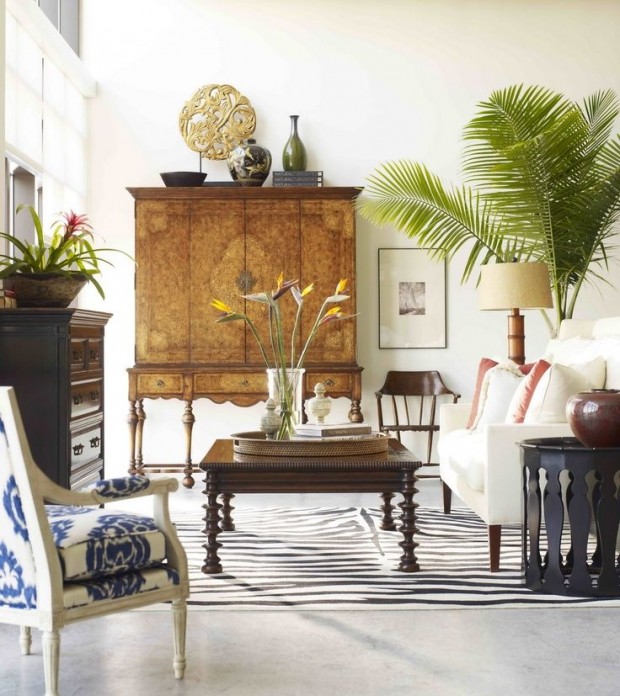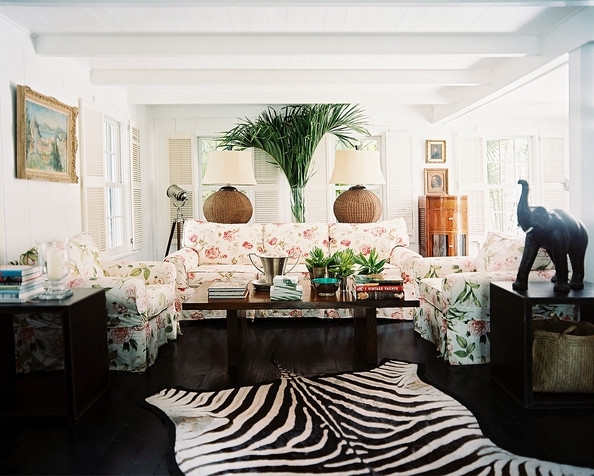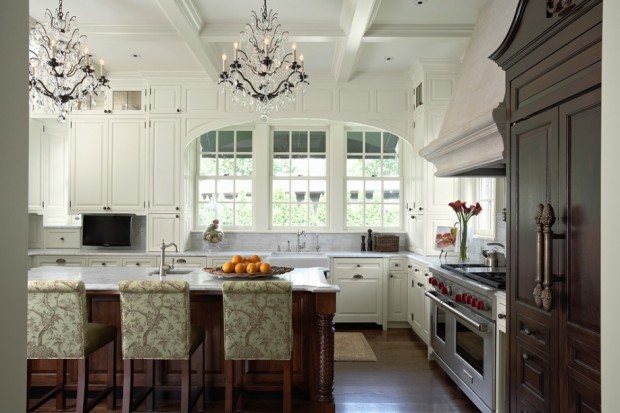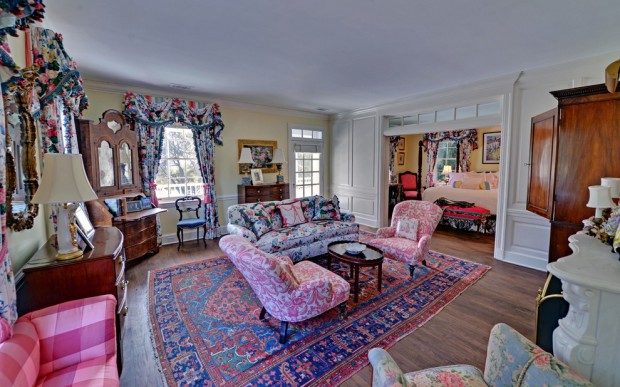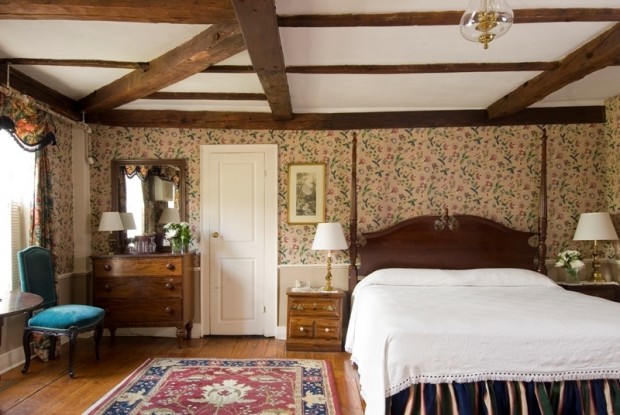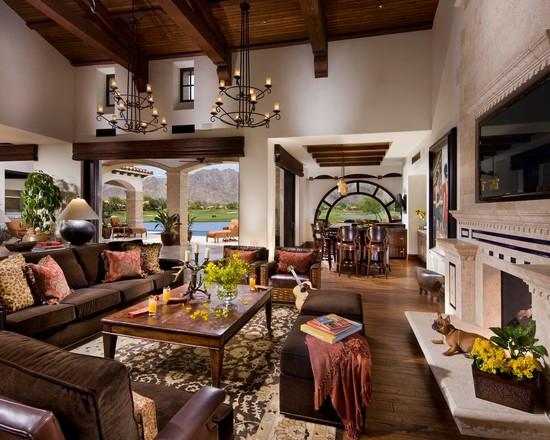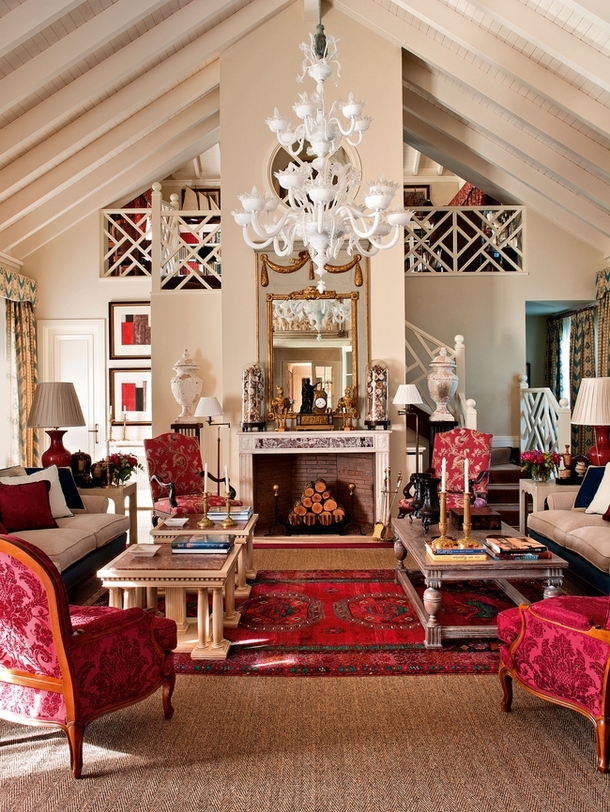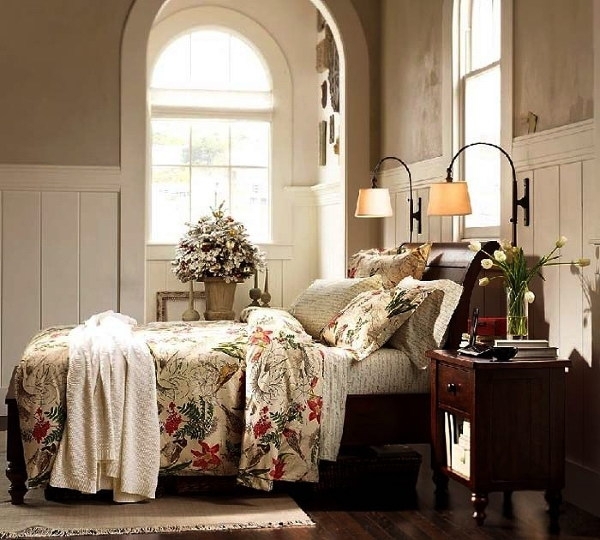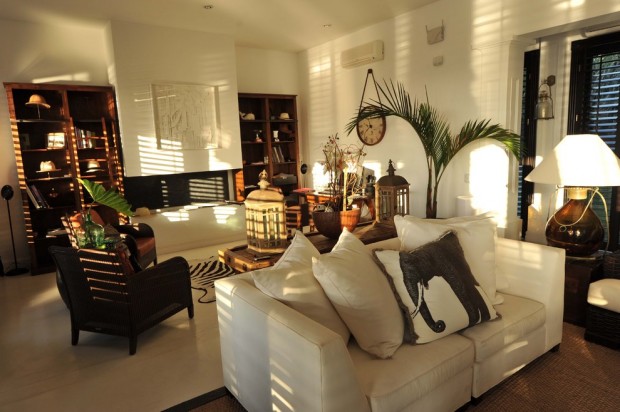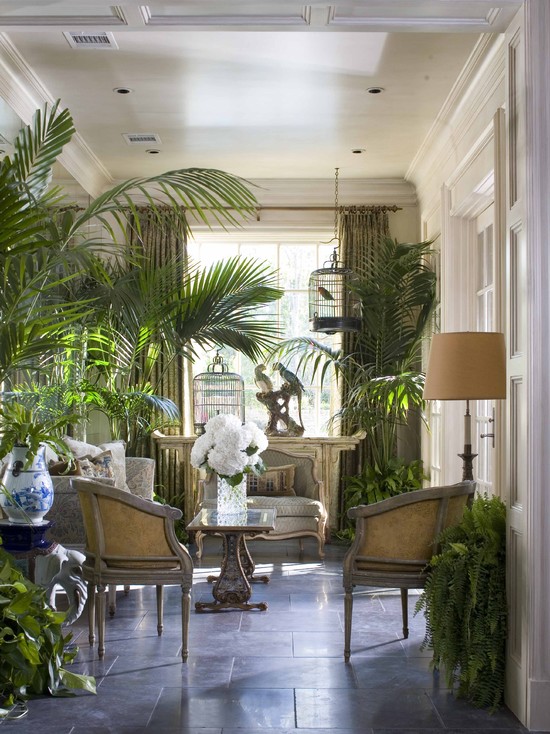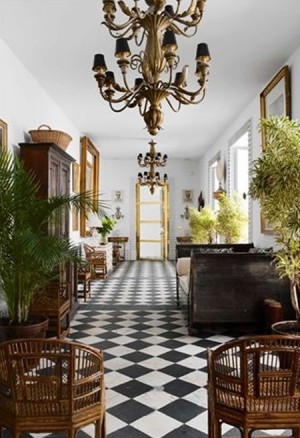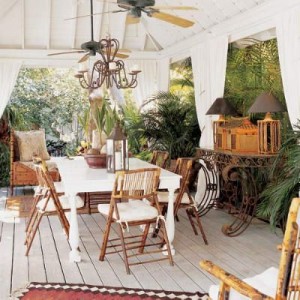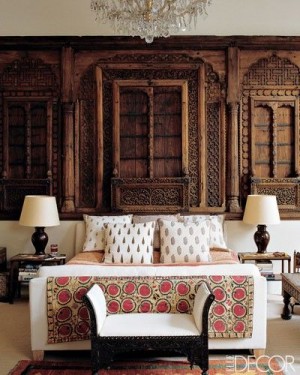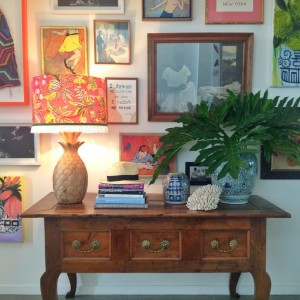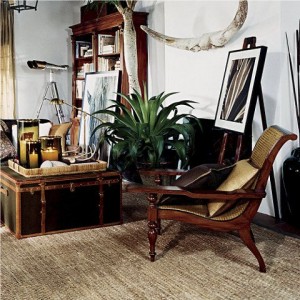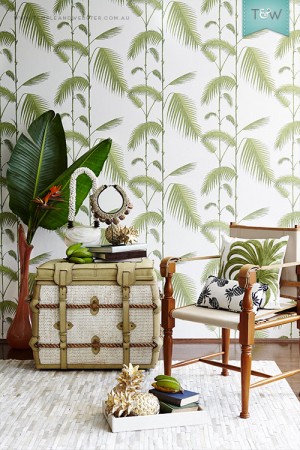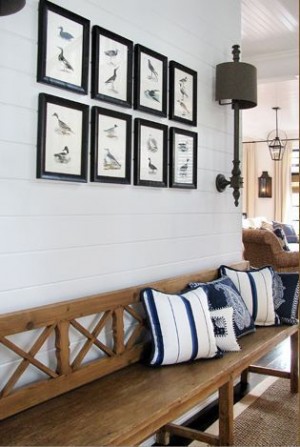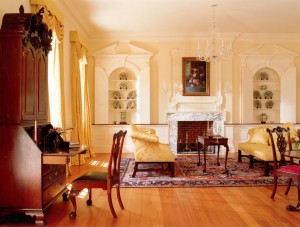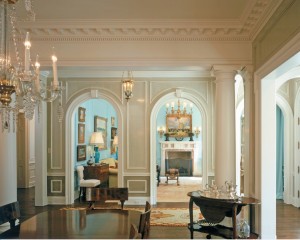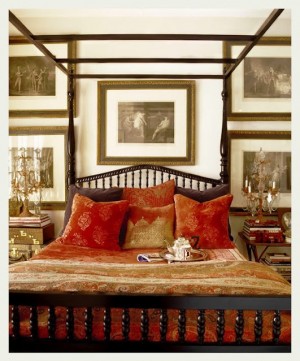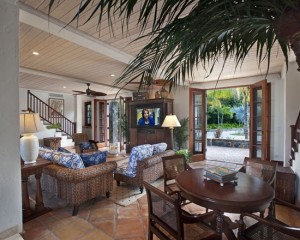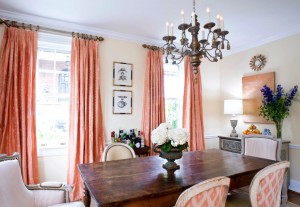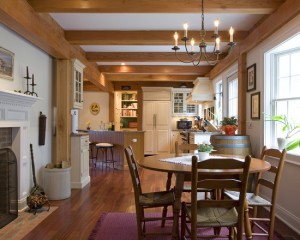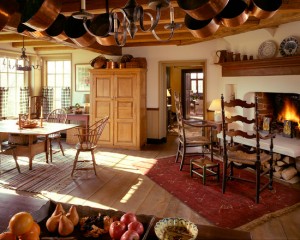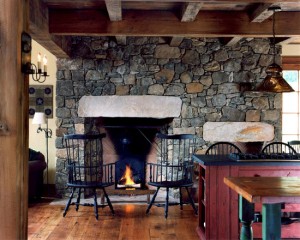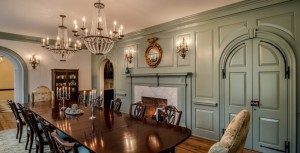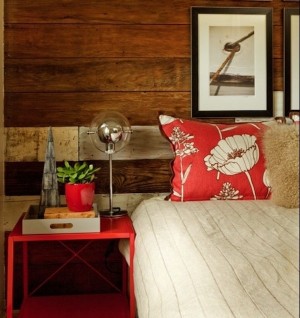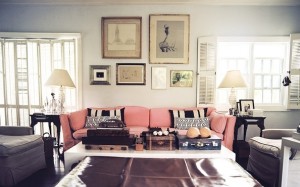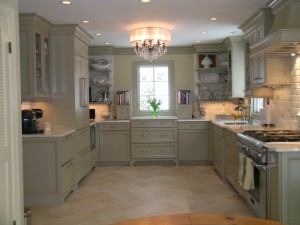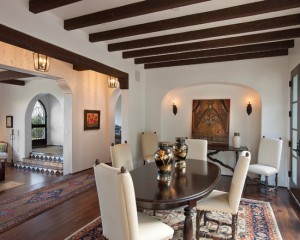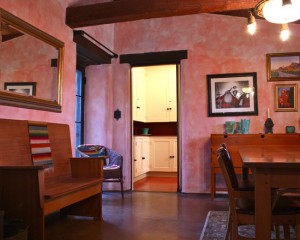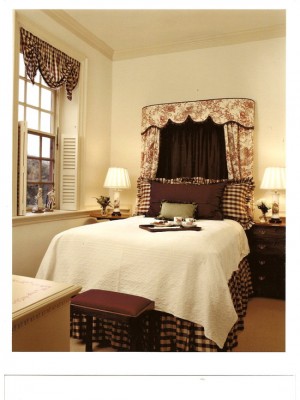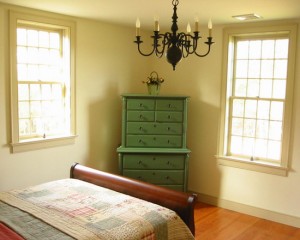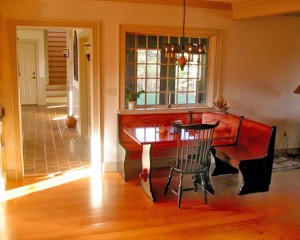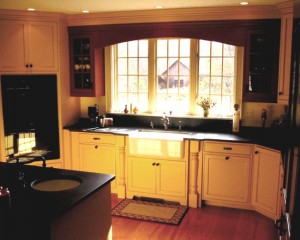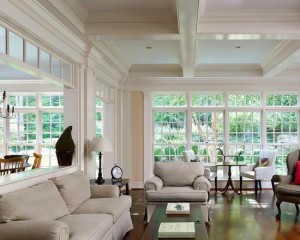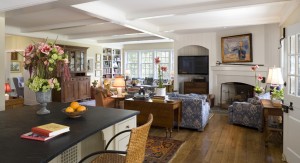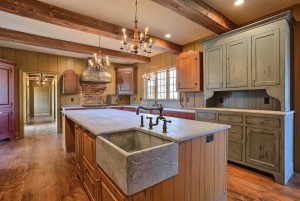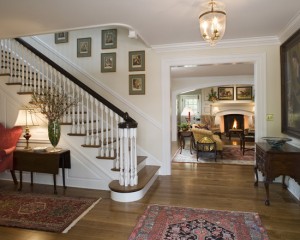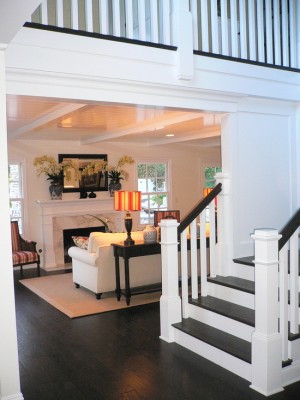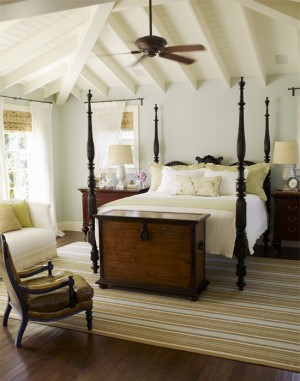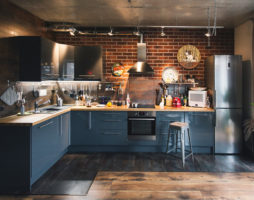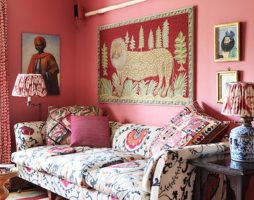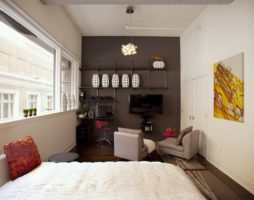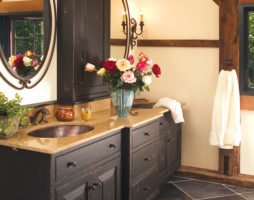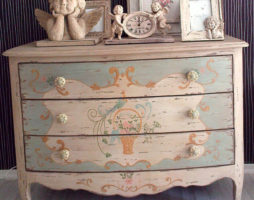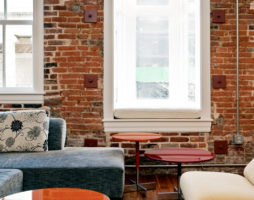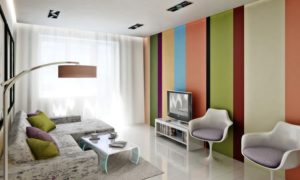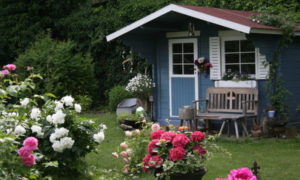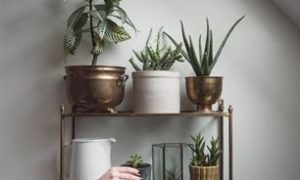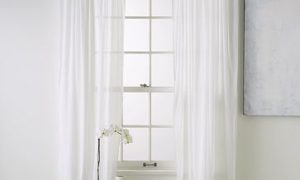The progenitor of the colonial style was medieval England. In those days, old Europe tried to rule the whole world, so the territories subject to her were scattered across all continents. Those who came to develop them brought their customs, language and systems of government to new lands and, naturally, did not agree to live in huts and bungalows.
The colonialists always saw their housing only as capital and sought to equip it with characteristic European comfort. However, very soon the "imported" design began to be complemented by exotic features inherent in local decors. The result of this mixture was the emergence of a special incredibly colorful trend in the art of interior design. Since then, a lot of water has flowed. In place of classicism, rococo, empire style, hi-tech, art decor, and minimalism have come to our homes. It is undeniable that each of these decors is unusual and attractive in its own way. However, even against their far from ordinary background, designers consider the colonial style in the interior to be the most interesting and original.
In fact, the colonial style is a synthesis of Eastern and European cultures. He absorbed their best features and managed to reunite the oriental flavor with European practicality. This interior combines such items that, it would seem, are simply unrealistic to arrange, and the resulting environment is admired even by those for whom luxury and exoticism are familiar things.
Colonial style in the interior and architecture of modern housing
The colonial style is one of the few trends that “lives” not only in the interior decoration of houses, but also in their architecture. Such buildings always attract attention with the unusual exterior. Delight is caused by huge windows, which traditionally overlook the garden or offer views of another breathtaking natural landscape. The owners of such houses get a unique opportunity to feel unity with nature, that is, to admire its beauty and enjoy the purity of the air. And these giant windows let in an unlimited amount of light, so when you enter even an unfinished house, you will feel how spacious it is and understand that an atmosphere of joy already “lives” in it.
back to index ↑architectural nuances
Today, colonial-style houses are more often built on two floors. The monumental building is made of natural stone, and the window frames, lattice shutters to them and all doors are necessarily made of wood. Moreover, the latter should be heavy, massive, with forged hinges and the same handles. When looking at them, old Indian legends or oriental tales should be remembered. You will certainly get the feeling that, opening this door, you will see jugs with lurking robbers or countless treasures in chests.
Rooms in a house with a colonial style in the interior are always passing, interpenetrating, as if flowing one into another, therefore, to delimit the space, designers actively use screens, unusual columns, various curtains, light carved partitions from wood. Simple furniture here is adjacent to the incredible luxury of small decor details, which are most often made by hand.
back to index ↑Interior subtleties
"A prerequisite for the colonial style in the interior is the presence of a central chandelier"
The interior decoration of the house and its furnishings should be considered in more detail. The decor uses only naturally occurring materials:
- clay;
- a rock;
- copper;
- tree;
- wool;
- linen;
- silks.
With this approach, there is no doubt that the atmosphere of the colonial style in the interior will not only be natural and cozy, but also quite rich and expensive, because such materials are not cheap today.
The walls of the rooms are painted mainly in pastel colors, among which brown, cream and muted yellow colors prevail. A calm general background allows you to use colorful textiles, bright fabrics and small exotic details in the decor without restrictions. He can easily keep a riot of colors in a single interior space. Just do not think that the wall surfaces will have to be empty. By no means! They will need to be decorated with paintings in ancient frames with gold leaf, huge mirrors and various things brought from unknown and very distant countries.
The ceiling can be covered with wooden beams, as, for example, in Indian houses, or it can be decorated in the spirit of Dutch interiors, that is, covered with sailcloth. Sometimes, in the colonial style, the ceiling surface of the interior is wrapped in genuine leather and fixed with clearly visible copper rivets. In this case, the room becomes like a well-worn ship chest. Who knows, maybe such a design is really borrowed from chests, in which exotic elements of unique decor were once brought to Europe.
Let's move on to the flooring. This will require an expensive tree (something like oak, mahogany, exotic lapacho) or natural stone. The use of their synthetic substitutes, represented today by laminate and ceramic tiles, is in principle possible, but highly undesirable. Colonial style - the interior is not cheap and requires appropriate design.
Lighting also has its own characteristics. A prerequisite for the colonial style in the interior is the presence of a central chandelier. It can be made in the traditional English style, with rounded or pyramidal shades and wrought iron ornaments, or it can turn into some kind of Arabic fairy-tale lamp or an African lamp. Agree, it's hard not to notice a lampshade made from exotic porcupine quills or crocodile skin. There should be a lot of lamps, because in the evening such a house should be lit no worse than during the day.
back to index ↑Decor specifics
The houses of the colonialists were always filled with interesting little things bought in the markets of exotic countries. Here you can find everything:
- Masks.
- Weapon.
- Unusual crockery.
- Gorgeous vases.
- Graceful figurines.
- Handmade carpets.
- Mats.
- Cult items.
All this variety is exhibited on the wide shelves of massive cabinets.
The textiles used in the interior should also differ in the breadth of the assortment and chic in the colonial style. The rich decoration should have windows. Armchairs and sofas should be covered with bright blankets and bedspreads. It is appropriate to hang a luxurious canopy over the bed. You can not leave the situation without an abundance of decorative pillows. If oriental motifs should be traced in the setting, then golden fabrics with lurex and glitter are used. For African themes, red, white and black colors are more suitable. Bright geometry on fabrics will evoke thoughts of a safari, endless deserts and unfading sun.
The difficulty is that in this style the interior is formed exclusively by details, so you have to think about how to bring an atmosphere of unusualness into the atmosphere.
back to index ↑Eight tips to help recreate the colonial spirit in a modern interior
"The finishing touch of the colonial style in your interior will be a floral touch"
- With all the color abundance of modern finishing materials, do not use bright palettes to create a colonial style in your home interior. Light and neutral background tones settled in the dwellings of the colonists because they helped to physically and psychologically adapt to the crazy tropical heat. Light blue, pale green, cream, white... Thanks to them, entering the house, people felt, albeit seeming, but such a welcome coolness. It is also noteworthy that any of these shades chic contrasted with dark furniture, which was brought from Europe or bought from local craftsmen.
- During colonization, people had to constantly move from place to place, so the colonial style in the interior really needed special light and multifunctional furniture that would be able to provide not only a comfortable life in a new place, but could also be used on the go. Folding beds, chairs, transforming tables, collapsible wardrobes, despite the seeming unpretentiousness of their designs, have always been made of expensive mahogany. Naturally, they were valued for their quality and material, but travelers were much more impressed by their versatility and portability.
Now more often used stylized furniture, which is devoid of the former functionality of its predecessors. Yes, in our time it is, perhaps, and to nothing. It is quite enough to put in the room an elegant table with crossed legs, a large, reliable and spacious wardrobe with a carved facade and gilded handles, vintage chests, old suitcases.
- The colonial style and in the current interpretation of the interior, everything also perceives tropical motifs well in the setting. Therefore, you can safely purchase furniture with wicker and ornate details, carved floral trim, leather accents. It may well be made of rattan, bamboo and dark woods. The flowing lines of classic cane chairs, a wicker sofa and an ornately shaped coffee table, present in a home environment, will easily endow a modern interior with the spirit of travel.
- The colonial trend in design is the best way to transform your home without major renovations. The space of a modern room is easy to fill with tropical flavor. And the texture of materials will become the queen in this matter. Add wicker curtains to the existing decor, cover one of the walls with the same wallpaper or decorate one of the corners of the room with mats and other elements made of jute, rattan, sisal, and the colonial style will take its rightful place in your interior.
- Conquering the countries of Asia, Africa, Hindustan, the Caribbean, travelers began to bring original fabrics to the Old World.They struck the imagination of the prim and not rich in emotions of the English with their brightness and floral designs. There was a real boom in textiles with animal prints and silks in the spirit of ikat. They actively filled the interiors. Nowadays, to bring the characteristic theme of colonialism into the atmosphere, it is enough to hang linen curtains on the window and use colorful bedspreads on upholstered furniture.
- Actively use eclectic trinkets and accessories in the decor. They incredibly decorate and diversify the surrounding space. In the colonial style, they are put on the most prominent places in the interior, trying to arouse the delight and envy of guests with sometimes unique gizmos. What will get attention? Yes, almost everything! Leather frames and magnifying glasses, maps and globes, colored glass crafts and fine crystal, silver or porcelain items. The main thing is that the objects exhibited should have material and, if possible, historical value and tell about the hobbies of the owners and about the places they had to visit. In search of the necessary, it is useful to walk around flea markets, antique shops or thrift stores. There you can always find atlases, telescopes, carved figurines with ethnic colors and much more, which will quickly fill the home atmosphere with the spirit of experienced adventures and the romance of upcoming travels.
- In the design of the window space, along with curtains, shutters and blinds should be used. These elements are still integral attributes of the colonial style in the interior today. At one time, they helped to escape from gusty storm winds and scorching heat, so they were made of durable wood and sometimes painted in light colors. Nowadays, there is no need to strictly observe the functional protective qualities of blinds, so they can be replaced with lighter structures made of bamboo, vinyl and other materials. The main task is to style them in the right context, which means that the design of the elements will have to be developed individually. As for bringing coziness to the atmosphere, modern options for shutters and blinds will cope with this task no worse than their prototypes.
- The finishing touch of the colonial style in your interior will be a floral touch. To fill the atmosphere with the charm of the tropics, you can decorate the window sills with ferns and settle palm trees and exotic animals in your home. Suitable iguanas, boas, monkeys, lemurs. The main thing is that you are ready to take care of them. The easiest way to solve the issue of reproduction of tropical fauna is to get a parrot. Birds are unpretentious in care, perfectly adapt to our climate and fill the home atmosphere with joyful colors.
The "animal" theme is generally the highlight of the colonial interior. Only here you can find furniture, the legs of which look like lion paws. And the appearance of such products can imitate the outlines of animals. The artisans of that time had unlimited imagination, so a massive closet could well have appeared in the house, located in the paws of thugs-monkeys dressed in tailcoats. Whether this was a parody and a hint of the unwanted presence of foreigners, or it was done with the best of intentions remains a mystery, but such items are of undeniable value, as they are unique and very accurately convey the color of the colonial style in the interior.
back to index ↑Conclusion
Despite the fact that colonial interiors are considered rich and luxurious, the main emphasis is still placed on practicality. They harmoniously coexist with cutting-edge technology and simple furnishings.All this is generously seasoned with exotic, for the manufacture of which tulip and rubber wood, ivory, Asian walnut, rattan palm and other equally valuable materials were used. It turns out that the colonial style in the interior is not just a way of decorating a house, it is the art of embodying something unimaginable in interior items, so living in it is comfortable and pleasant for everyone, but only really creatively gifted people with a subtle taste.
back to index ↑Photo gallery - colonial style in the interior:
